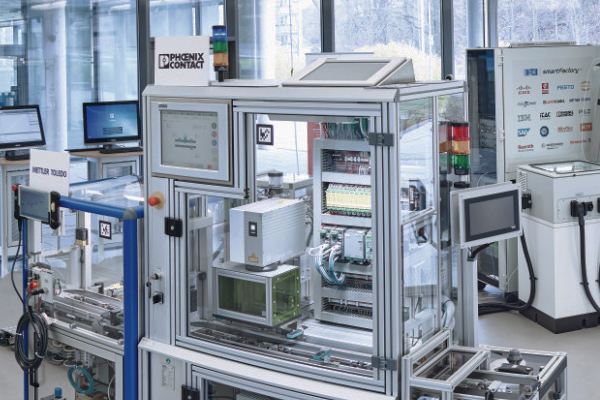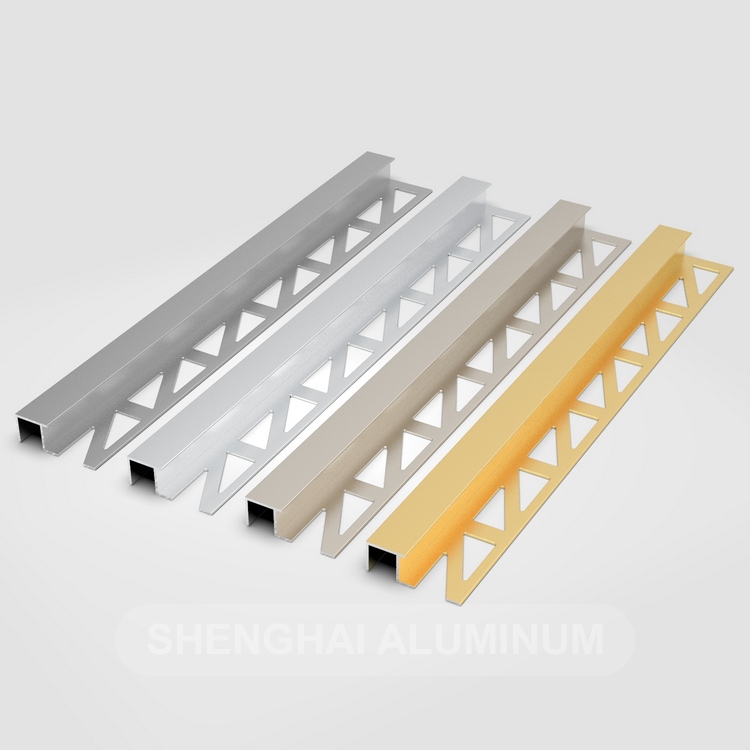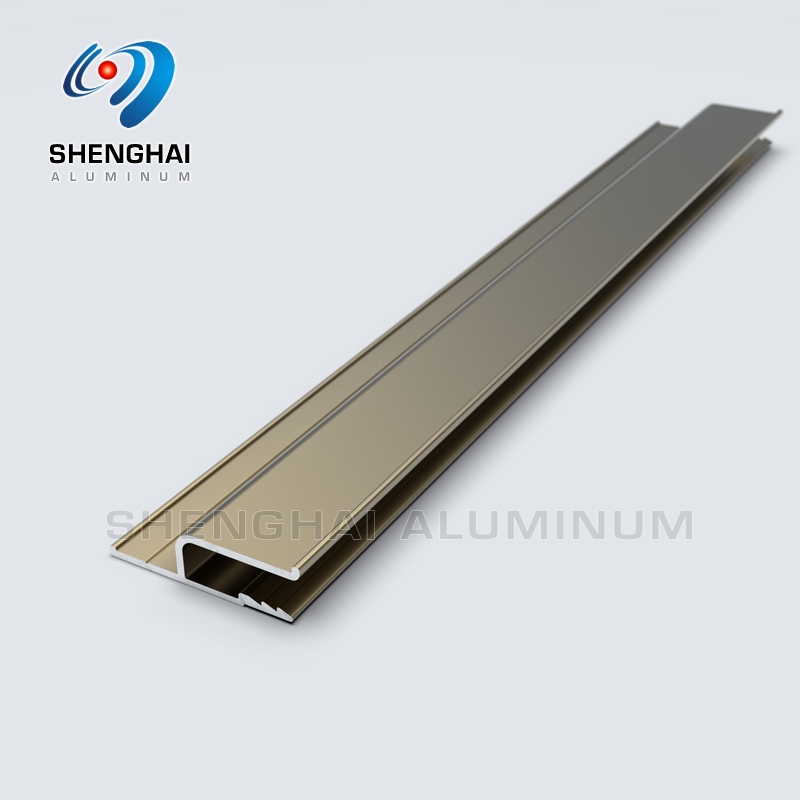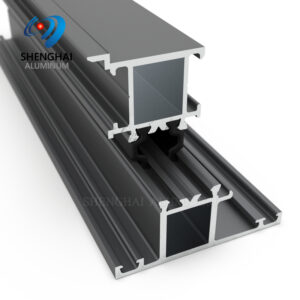A larger number of tests have been used in an effort to measure or predict the formability of sheet materials. Many of these have been criticized because of cost, complexity, difficulty in the analysis of data, lack of correlation between laboratory results and field forming performance, etc. Some of these problems may be overcome when test procedures have been standardized and a better understanding of the mechanics of the tests is achieved.
There will always be a need for formability tests. The effect of composition and processing modifications on formability must be determined during alloy development, preferably without resorting to expensive field forming trials in the initial stages.
Tests are often needed in the analysis of field forming problems requiring the comparison of problem lots to a data base. Tests are also needed for quality assurance, especially since it appears that many sheet users are working toward the use of test results as acceptance criteria.
Part of the lack of correlation between laboratory test results and field forming performance is due to a misuse of the test results. This lack of correlation leads to a lack of faith in the test procedures. If such a correlation is to be expected, the strain state of the test must match the strain state in which the failure occurred in the field. One should not expect the results of a drawability test to correlate with field failures which occurred in plane strain tension. This is because micro structural features respond differently to different states of stress, which has been demonstrated for both precipitation and dispersion strengthened aluminum sheet alloys.
Numerous questions arise when formability tests are considered as quality assurance tools or when correlations between laboratory and field results are sought. Tool geometry, lubrication, sample thickness and test procedure have all been shown to influence test results. All of these factors contribute to the between-lab variability, which has been shown to be large, and make data analysis difficult.
All sheet metal forming operations are combinations of stretching, bending and drawing. The formability tests available under each of these categories, which is a two-way flowchart to aid in the solution of metal forming problems or to aid in the screening of materials where forming is critical. When is used as a screening aid during alloy development, tests characterizing performance in all three modes may be necessary.
When a field forming problem is encountered, grid strain analysis (GSA) and the limiting strain curve are used to determine the strain state at failure and to decide if the problem is material or tooling related.
Stretching can be subdivided into uniaxial, biaxial and plane strain modes. There is some question as to whether a microstructure yielding good formability in one of these stretching categories will give good formability in the other categories.
Uniaxial tension
The uniaxial tension test is the only commonly used test for the uniaxial stretching mode. The most commonly used parameters calculated from tension test results are: the yield strength, the ultimate tensile strength, the percent total elongation in a standard gauge length (usually 50.8 mm), the percent uniform elongation and the percent reduction in area. These are commonly referred to as the mechanical properties.
The elongation values depend upon the gauge length used. A more fundamental, gauge length independent measure of ductility is the reduction in area, % RA, which is given by
%RA=[1-(At/Ao)]·100%
Ao, At original and final cross-sectional areas, respectively
The measurement of the final cross-sectional area may be difficult, which has led to another approach to obtaining a fundamental ductility parameter. Elongation surveys consist of measuring the elongation over many gauge lengths and extrapolating to zero gauge length, with this extrapolated value being the fundamental value.
Other parameters can also be calculated from uniaxial tension test results. True stress-true strain data can be fit to the Hollomon equation, where true stress, σ, is given in terms of true strain, ε, the strain hardening exponent, n, and the flow strength, K, by
σ=Kεn
For steel, the strain hardening exponent correlates well with stretch formability. However, for aluminum alloys, the strain hardening exponent alone does not adequately predict formability.
The plastic strain ratio (or normal anisotropy value), r, is often calculated from uniaxial tension test results, and is given by
r=εw/εt
εw, εt et true width and thickness strains, respectively.
The plastic strain ratio may be calculated at fracture, at a constant strain or plots of r versus longitudinal strain may be made by continuously measuring εw and εt.
The prediction of “formability” in modes other than uniaxial stretching from parameters calculated from uniaxial tension test results, often referred to as “forming indices”, has often been attempted by many persons in the sheet metal forming industry.
Because parameters such as total elongation, uniform elongation, plastic strain ratio, strain hardening exponent, etc., depend upon microstructure, they cannot be varied independently. It is difficult to assign quantitative values to the relative influence each of these will have on formability, although their qualitative effects are easily rationalized. Regression models can be used to predict formability in terms of these parameters, but these models are specific to given forming operations.
In summary, the uniaxial tension test should not be considered a formability test. Although the results will correlate with field failures in the uniaxial stretching mode, few forming operations result in failures which occur in the uniaxial stretching mode. The test should be used to characterize the mechanical properties of the material and to check for proper temper.
Biaxial tension
The hydraulic bulge test yields stress-strain data in the balanced biaxial stretching mode. The advantage of the hydraulic bulge test is that the strain hardening ability of a material at strains approaching those experienced in actual forming operations can be evaluated.
Strain rate sensitivity is a very important aspect of material behavior. When gradients in strain exist, materials which harden with increasing strain rate will distribute deformation more uniformly because additional deformation in areas of high strain rate, such as neck, will require greater stress. Ductility generally increases with increasing strain rate sensitivity and small changes in rate sensitivity may result in significant changes in the distribution of strain.
Strain rate sensitivity has also been measured using the hydraulic bulge test. Two methods have been used to evaluate strain rate sensitivity. The first involves several abrupt changes in strain rate during a single test. The second requires that two tests be performed at different constant strain rates. The results of the two methods have been shown to be comparable.
In summary, the hydraulic bulge test yields information about the strain hardening and strain rate sensitivity characteristics of the material. In addition, the true strain at fracture is measured. This information is not complicated by the effects of friction.
Plane strain tension
Plane strain tension tests, following the work of Wagoner are in the development stage. Currently, the elongation at fracture in the plane strain state can be evaluated for uniaxially loaded samples. This elongation value can be used in conjunction with those from the uniaxial and biaxial tension tests to plot an approximate limiting strain curve.
A method for obtaining a stress-strain relationship in the plane strain state should be sought. This will allow the strain hardening behavior of aluminum alloys to be studied in uniaxial, biaxial and plane strain tension.
It is unclear as to whether the effect of microstructure on strain hardening will be identical in all three stretching modes. It has been shown for some aluminum alloys that factors reducing the strain hardening capacity in the uniaxial and biaxial modes also reduce strain hardening capacity in plane strain. It may be determined that information obtained from the hydraulic bulge test will adequately predict formability in all three stretching modes.
Attempts should be made to correlate plane strain tension test results with simulative formability test results and field forming test results. Until such work is completed and a method for obtaining a plane strain stress-strain curve is developed, the test should not be considered a formability test and should not be widely used.
Limiting dome height
The limiting dome height (LDH) test has been proposed as a laboratory formability test showing good correlation with press formability. Rectangular blanks of various widths are rigidly clamped in the longer direction and stretched by a hemispherical punch. Transverse constraint, varied by blank width and lubrication, controls the amount of material drawing-in. The height of the dome at peak load, which reflects the combined effects of strain hardening characteristics and limiting strain capability of the material, is used as a measure of stretch-formability.
The effect of friction on the dome height must be held constant in order to evaluate the relative stretchability of alloys. In the past, samples have been solvent cleaned and tested dry in an attempt to hold friction constant at a high value. The test should be continued to be performed dry for the plane strain condition, which is of greatest interest, until that method has been developed.








 The 2016 Chinese Lunar New Year will be on Feb. 8 and it is the year of the Monkey. Think Christmas but the date varies based on the lunar calendar, however, it normally falls between mid-Jan to end of Feb.
The 2016 Chinese Lunar New Year will be on Feb. 8 and it is the year of the Monkey. Think Christmas but the date varies based on the lunar calendar, however, it normally falls between mid-Jan to end of Feb.